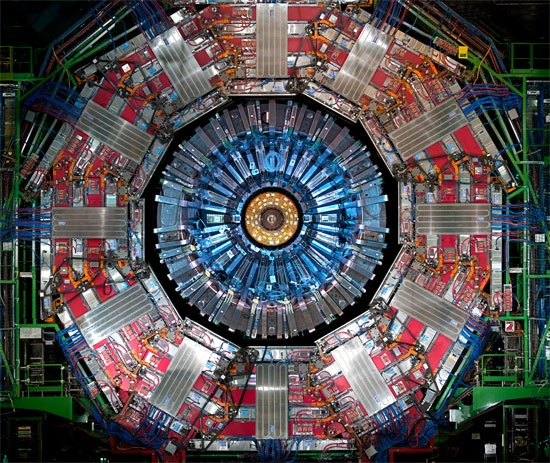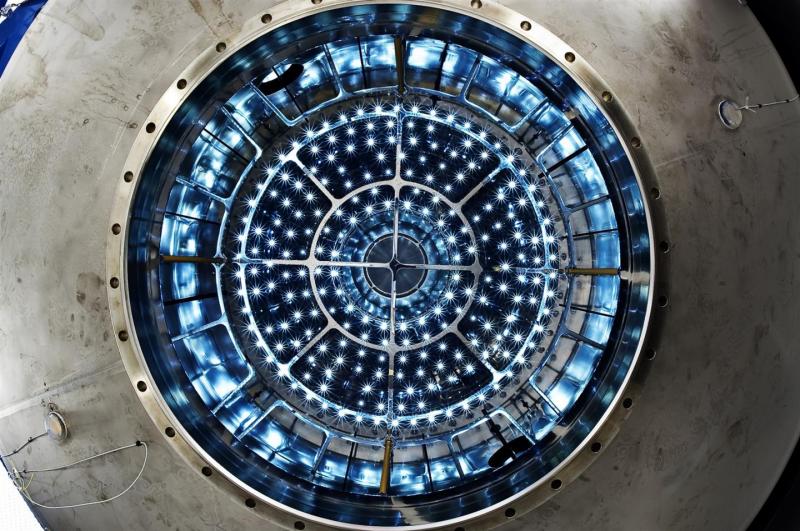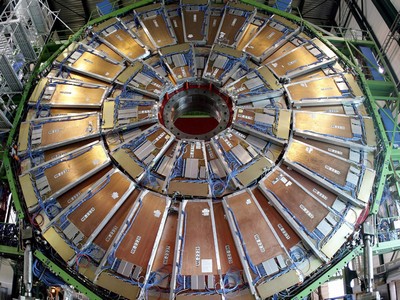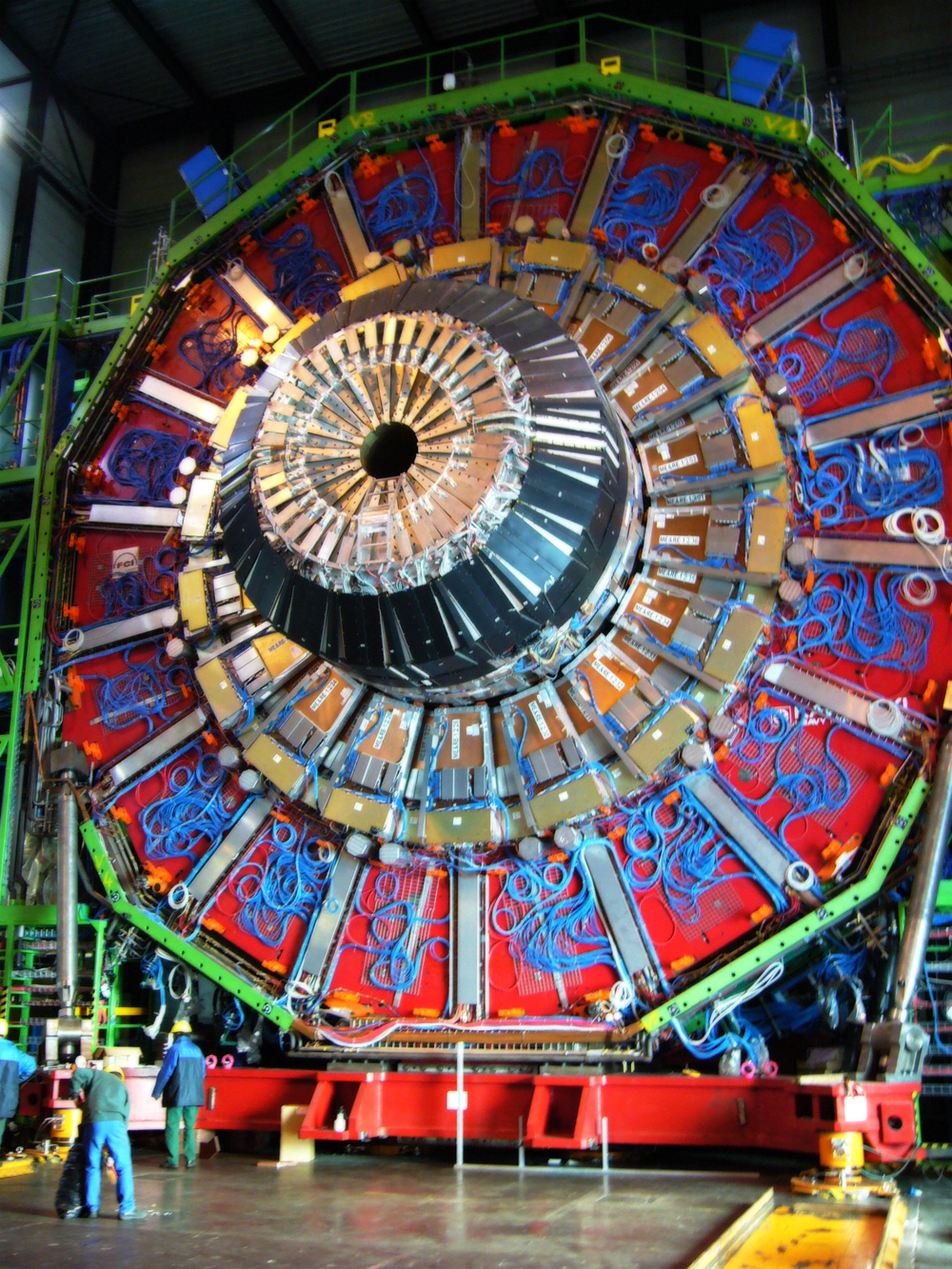I would posit that our perception of time (and space) is actually a difference detection program that runs through our senses, similar to the concept of interlaced video. This program scans the input from our senses, disregards anything that hasn’t changed, and makes us aware of the things that have. Cyclical by nature, it places less importance on things that have “happened before” in order to speed up its own performance, as it is truly processing massive amounts of data and must therefore find means of singling out important information by “learning” what’s unimportant. The simple rule, powered by our dopamine based reward system, is that the more times something happens, the less “important” it is, and the less it will register on our sense radars.
It also seems like this would apply even to just patterned behavior as well. Take for example a developed drug tolerance based on daily usage – the drug might become more effective with larger gaps in between doses, but if these doses are applied in a patterned way, say 3 times a week, or once a week, a larger degree of tolerance will still be present than if the doses were administered sporadically. This is absolutely testable and I would be very interested to see experimental results confirming or denying this hypothesis, helping to further hone the nature of our “sensory compression algorithm”.
http://en.wikipedia.org/wiki/Phi_phenomenon
http://scienceblog.com/74312/research-shows-brain-can-tell-magnitude-errors/#Alum1BuqiCg45jaR.97




